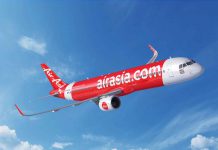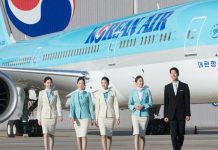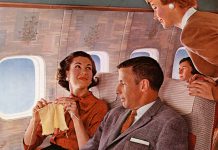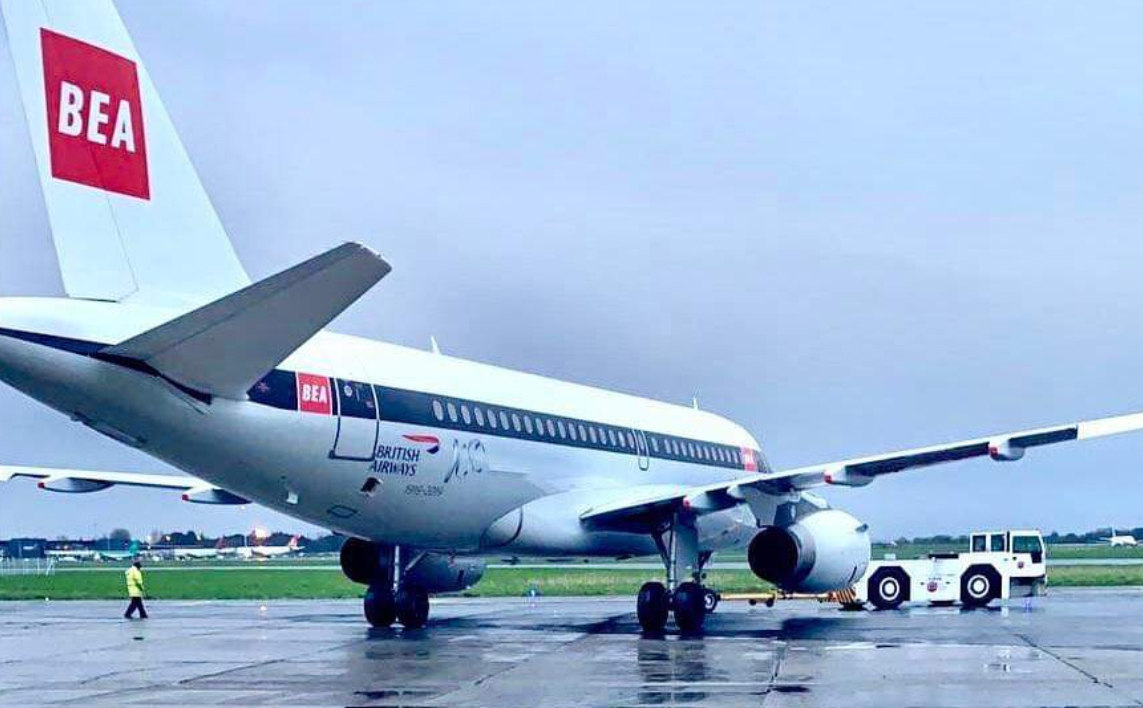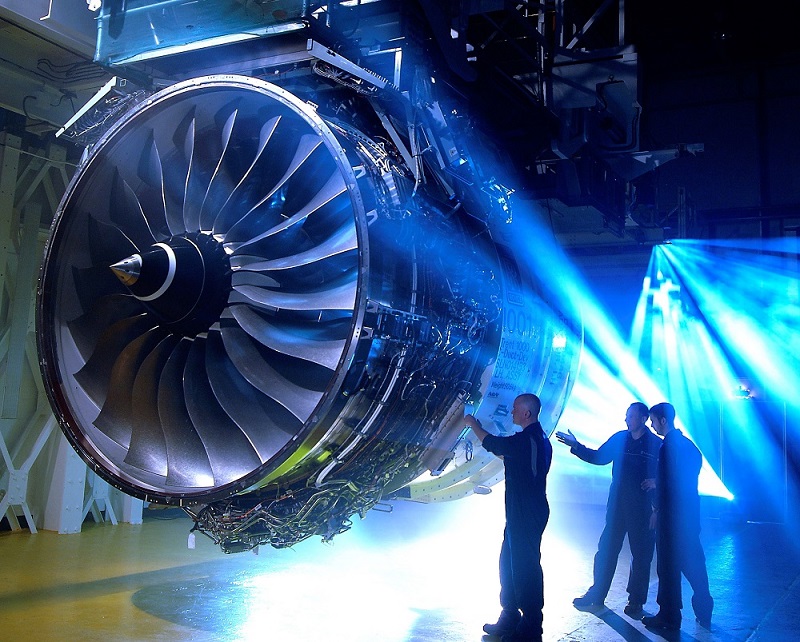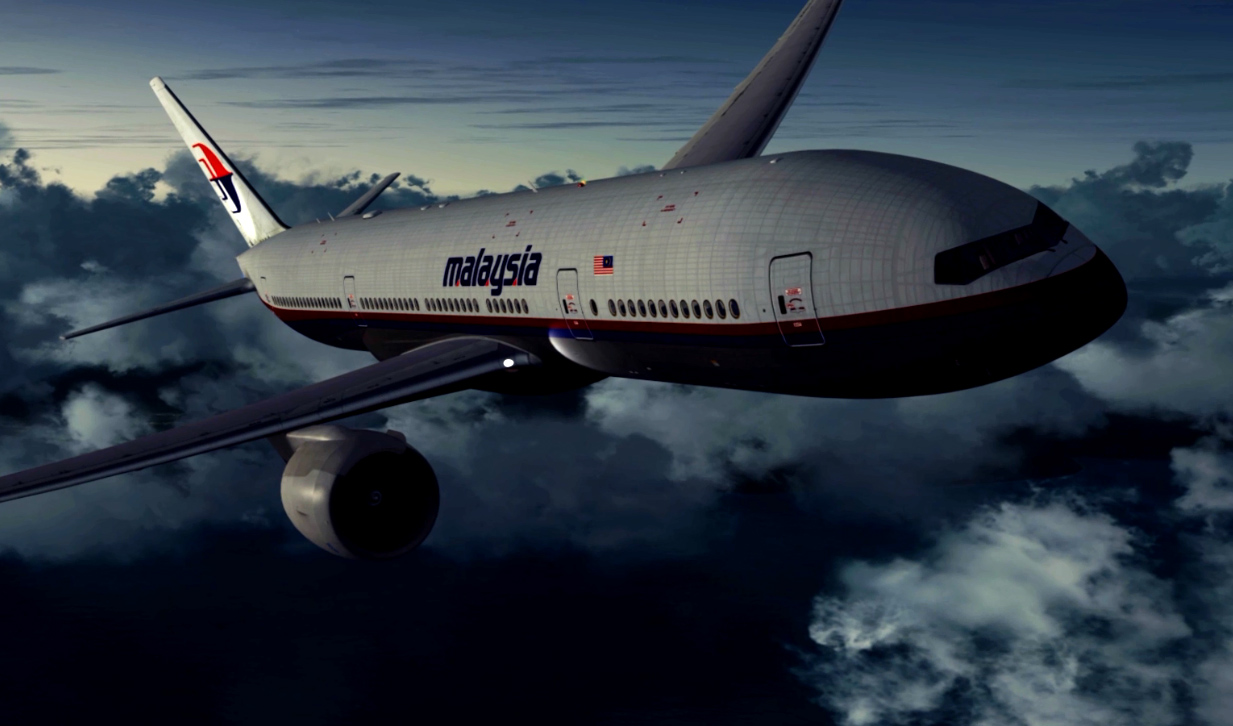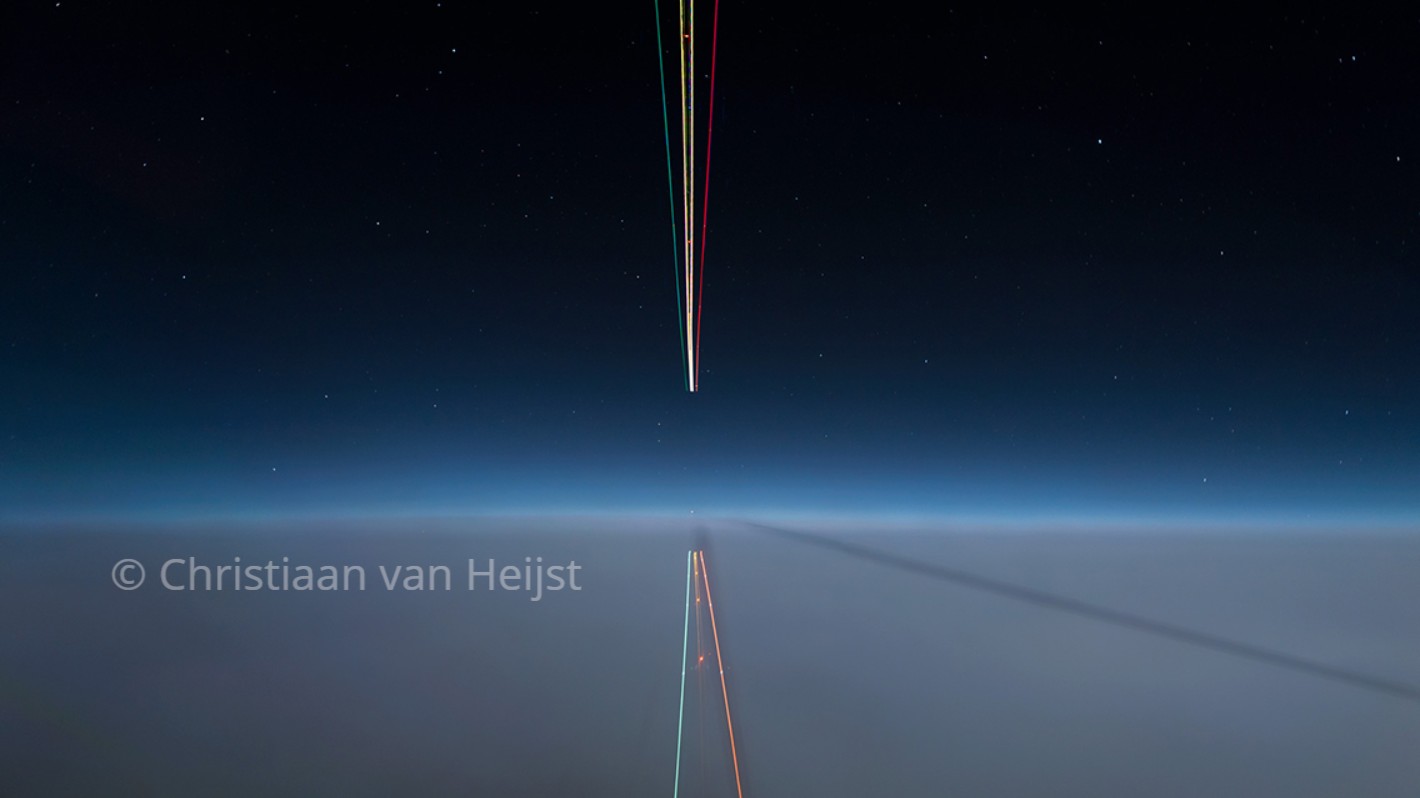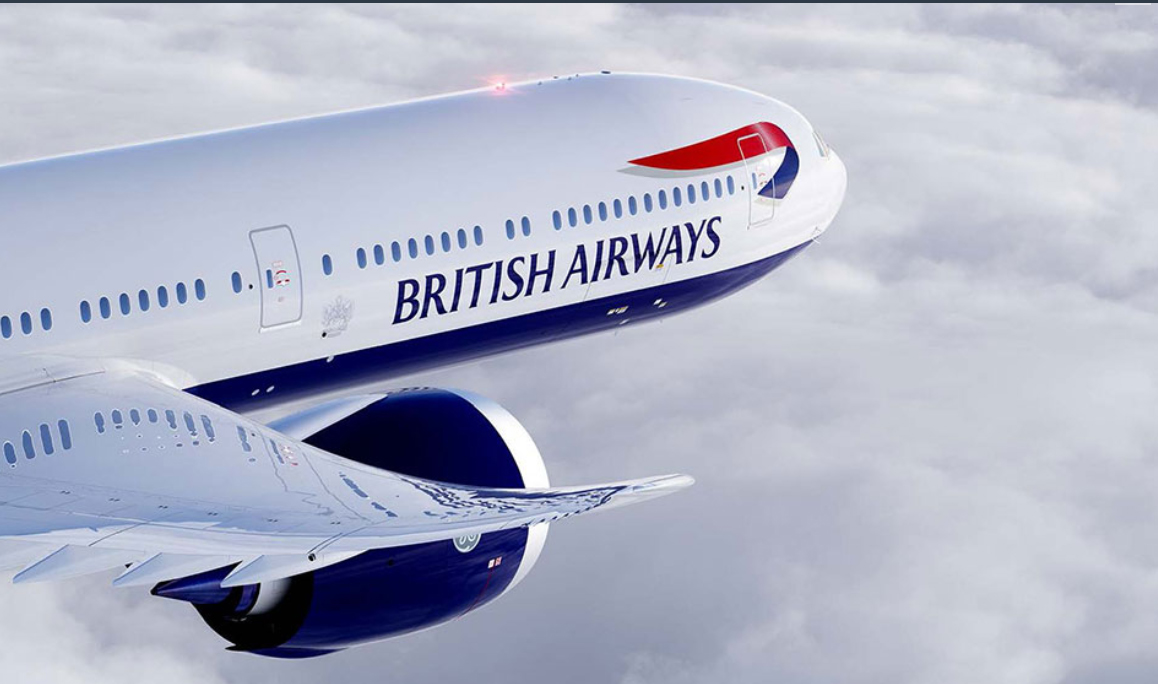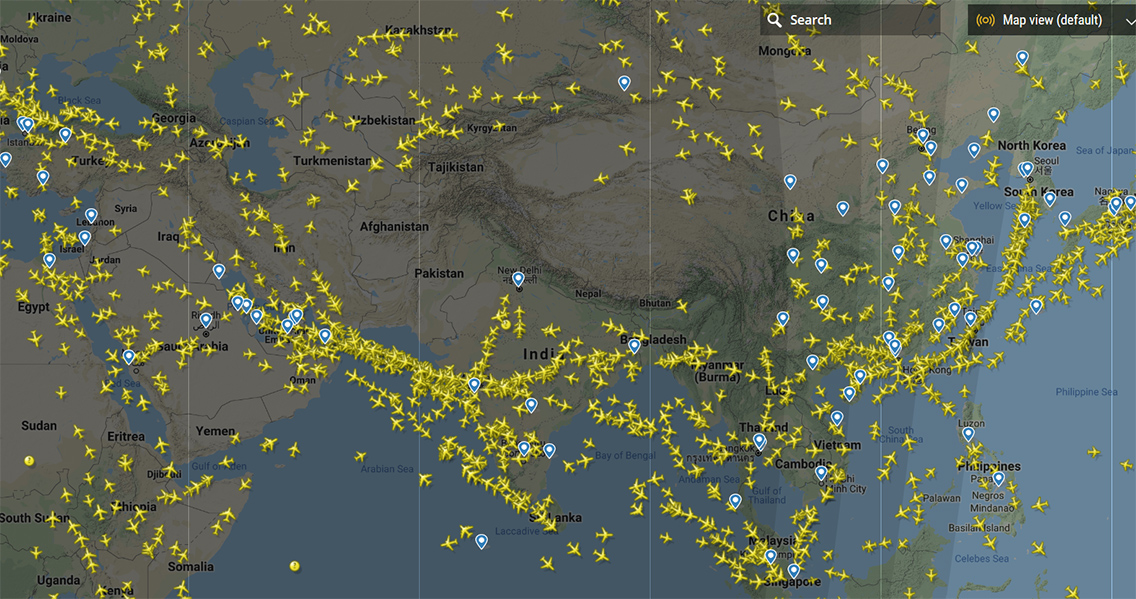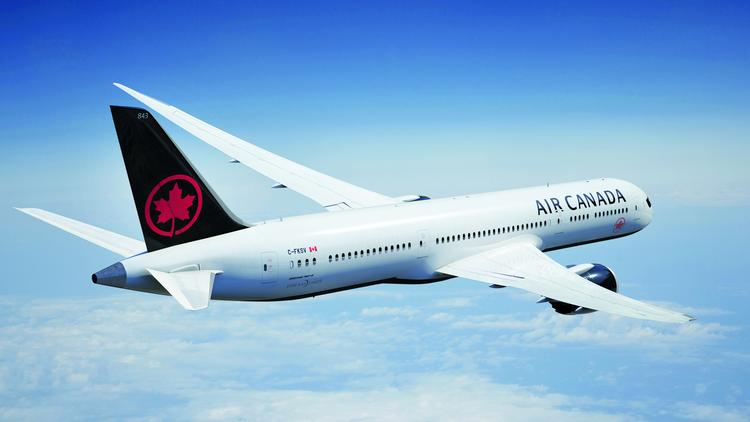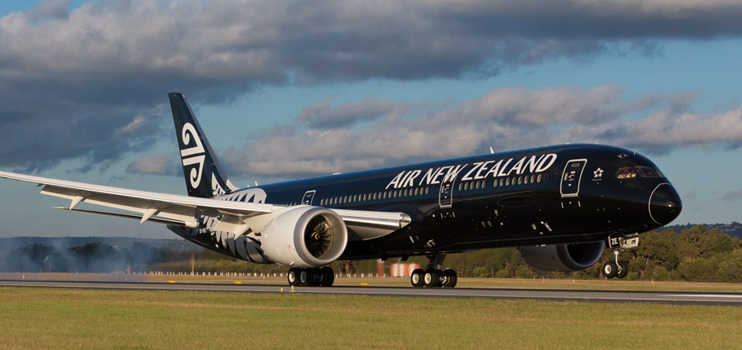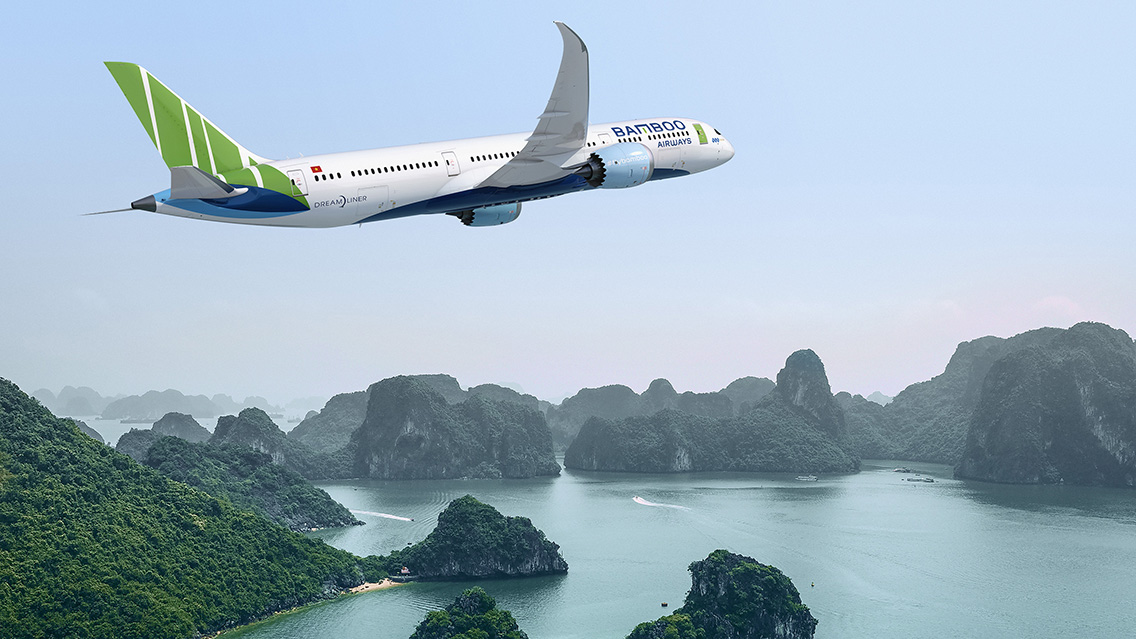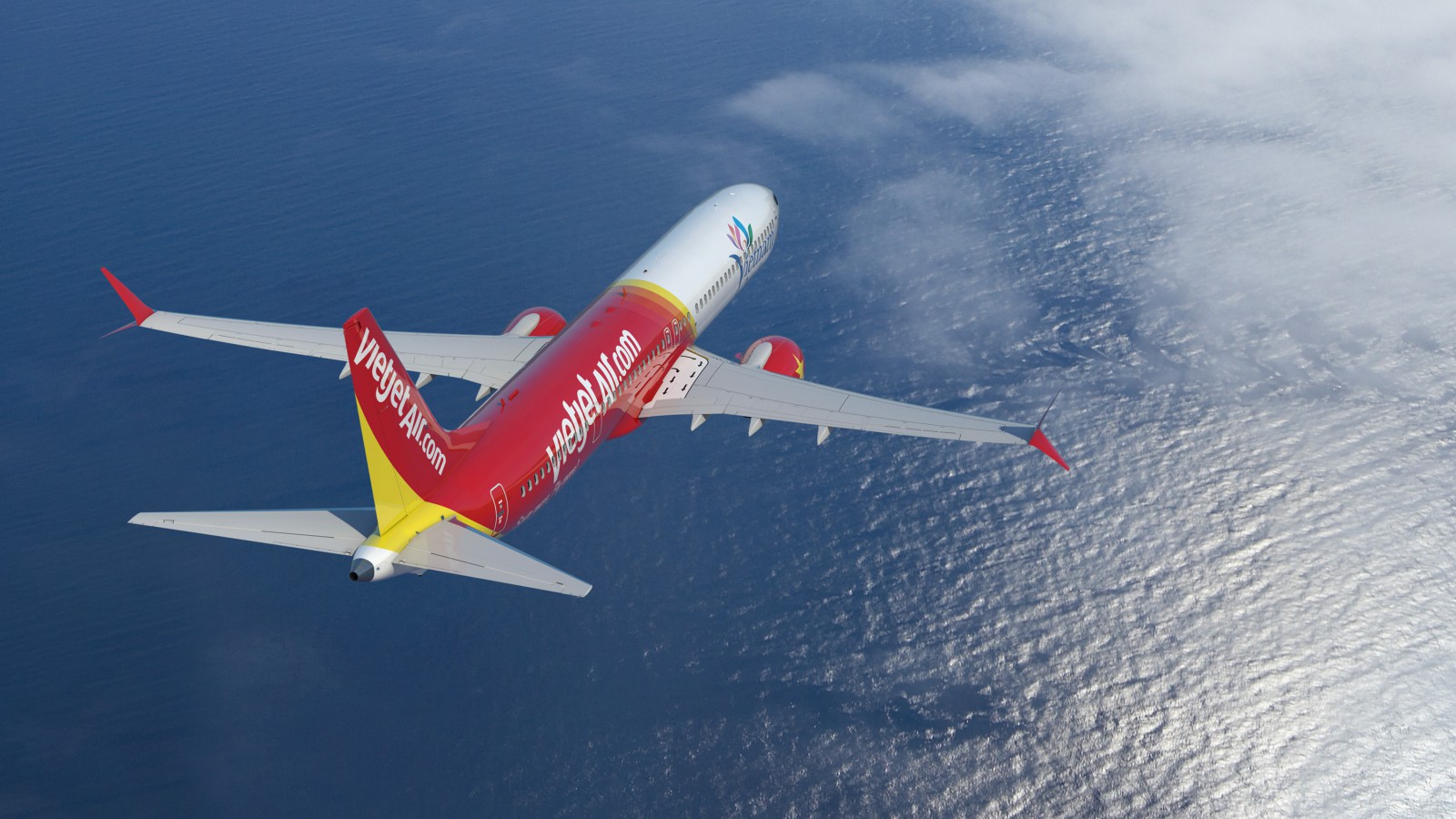The first photo has been posted of the latest British Airways 100 years retro scheme – an A319 in British European Airways (BEA) colors.
The photo by Neil Lomax shows the nose of the A319 with the striking BEA markings.
The BEA livery follows the unveiling of the first in the series a 747 in British Overseas Airways Corporation (BOAC) colors last month.

SEE: BOAC 747 first pictures and video
The A319, reg G-EUPJ, entered the IAC paint bay at Shannon Airport last week where it was repainted with the BEA livery which flew predominantly on domestic and European routes between 1959 and 1968.

Below is a screenshot of the timetable for the BEA A319.

But British Airways advises that there will be a significant difference with the replica in that aircraft will have a grey upper wing, rather than the traditional red, to meet current wing paint reflectivity requirements.

Alex Cruz, British Airways’ Chairman and CEO, said: “There’s been plenty of speculation about our next heritage livery, so it’s great to finally be able to make this exciting announcement. BEA is an important part of our history, and many customers and colleagues will have fond memories flying on its aircraft. We’re sure this latest livery will bring back a flood of emotions and pride in not only British Airways, but the UK’s impressive aviation history – and what better time to do that than in our centenary year as we celebrate our past and look to the future. I can’t wait to see this classic design taking back to the skies.”
Both the BEA and the BOAC heritage liveries are part of a special series to mark British Airways’ centenary, as the airline celebrates its past while looking to the future. More replica designs will be revealed in due course, while all new aircraft entering the fleet, including the A350, will continue to receive today’s Chatham Dockyard design.

In its centenary year, British Airways is hosting a range of activities and events. As well as looking back, the airline is also hosting BA 2119 – a programme, which will lead the debate on the future of flying and explore the future of sustainable aviation fuels, the aviation careers of the future and the customer experience of the future.




